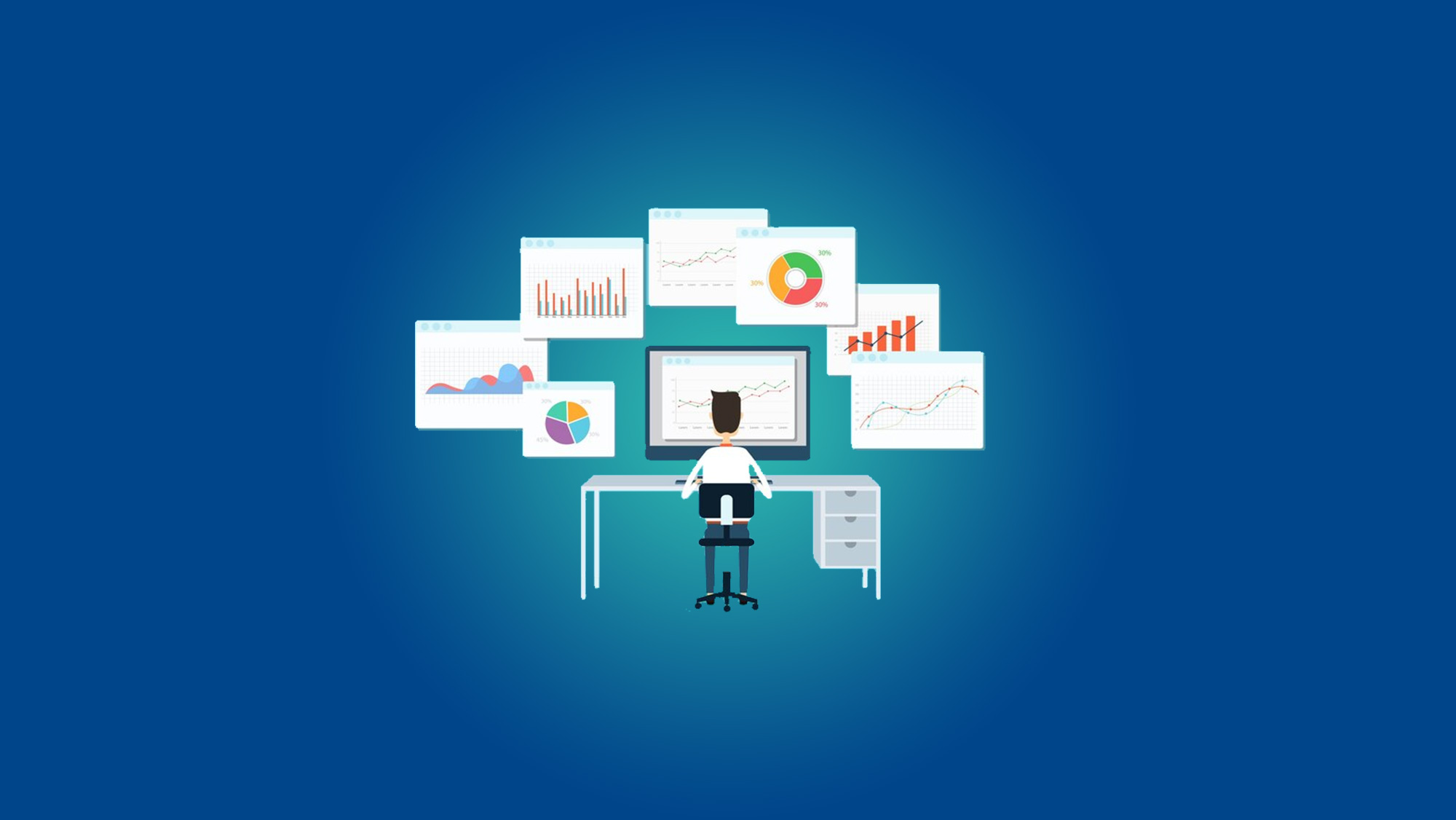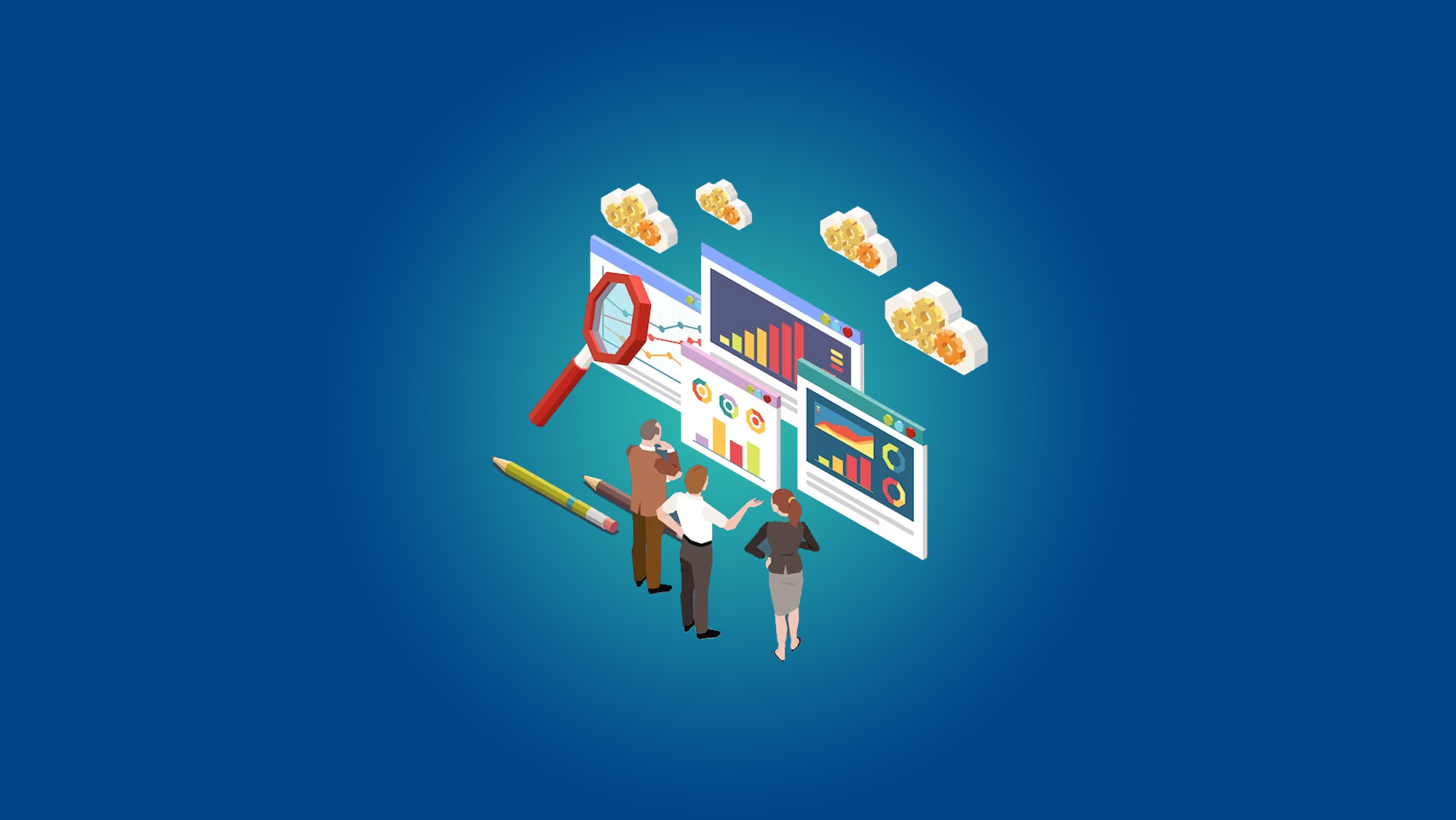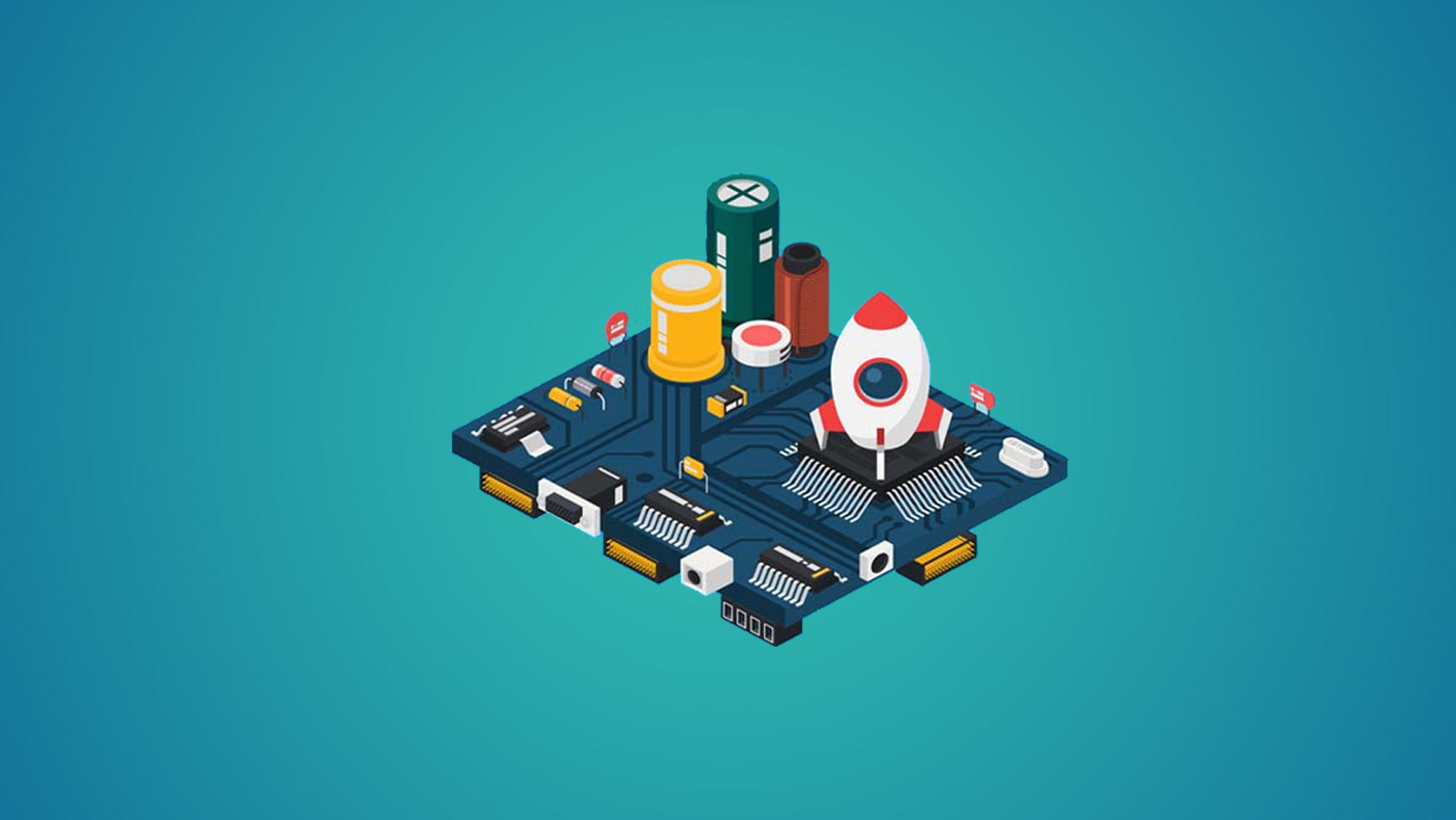Becoming a LabVIEW Pro: Essential Training for Engineering Excellence
Introduction:
LabVIEW, developed by National Instruments, is a widely used graphical programming language and development environment for engineering and scientific applications. With its intuitive graphical interface and powerful functionality, LabVIEW enables engineers to streamline the development of complex systems, control instruments, and acquire and analyze data. In this blog post, we will explore the essential training needed to become a LabVIEW pro and how it can elevate your engineering skills to new heights.
1. Understanding LabVIEW Fundamentals:
LabVIEW training begins with a solid foundation in the core concepts of the software. Participants learn about the graphical dataflow programming paradigm, block diagrams, front panels, and the basics of wiring and connecting elements. They gain a thorough understanding of the LabVIEW environment and the tools available to build robust applications.
2. Graphical User Interface (GUI) Design:
LabVIEW offers powerful GUI design capabilities that allow engineers to create user-friendly interfaces for their applications. Training covers essential topics such as front panel design, control and indicator objects, event handling, and customization options. Participants learn how to design visually appealing and intuitive user interfaces for their LabVIEW applications.
3. Data Acquisition and Instrument Control:
LabVIEW training focuses on data acquisition and instrument control, which are fundamental aspects of many engineering applications. Participants learn how to interface with various data acquisition hardware, control instruments, and acquire and process data in real-time. They gain hands-on experience in configuring hardware settings, reading sensor data, and performing real-time analysis.
4. Advanced Programming Techniques:
To become a LabVIEW pro, participants delve into advanced programming techniques. Training covers topics such as modular programming, subVI development, error handling, debugging techniques, and code optimization. Participants learn how to write efficient, maintainable, and scalable code to tackle complex engineering challenges.
5. Signal Processing and Analysis:
LabVIEW offers powerful tools and libraries for signal processing and analysis. Training explores techniques for filtering, Fourier analysis, spectral analysis, waveform manipulation, and more. Participants learn how to apply these techniques to process and analyze signals in various engineering domains.
6. LabVIEW Real-Time and FPGA:
For engineers working on real-time and high-speed applications, LabVIEW offers Real-Time and FPGA modules. Training provides an introduction to these modules, enabling participants to develop applications that require deterministic and high-performance operations. They learn how to design and deploy real-time and FPGA-based systems using LabVIEW.
7. Interfacing with External Devices and Systems:
LabVIEW's flexibility allows engineers to interface with external devices and systems, including sensors, actuators, databases, and communication protocols. Training covers techniques for integrating LabVIEW with external hardware and software components, enabling seamless data exchange and system integration.
8. Troubleshooting and Debugging:
LabVIEW training equips engineers with troubleshooting and debugging skills to address issues that may arise during application development and deployment. Participants learn how to use LabVIEW's debugging tools, error handling mechanisms, and best practices to identify and resolve issues efficiently.
9. LabVIEW Best Practices and Performance Optimization:
To achieve excellence in LabVIEW programming, participants learn industry best practices and techniques for performance optimization. Training covers topics such as code organization, documentation, code reuse, memory management, and performance profiling. Participants gain insights into how to build scalable, maintainable, and high-performance LabVIEW applications.
Conclusion:
Becoming a LabVIEW pro requires a comprehensive understanding of the software's capabilities and best practices in application development. LabVIEW training empowers engineers to leverage the full potential of LabVIEW for their engineering projects. By gaining expertise in LabVIEW fundamentals, GUI design, data acquisition, advanced programming techniques, signal processing, and system integration, engineers can enhance their productivity and deliver robust engineering solutions.
You May Also Like
These Related Stories

LabVIEW Programming 101: Getting Started with Data Analysis

Everything You Need To Know About LabVIEW Training




No Comments Yet
Let us know what you think